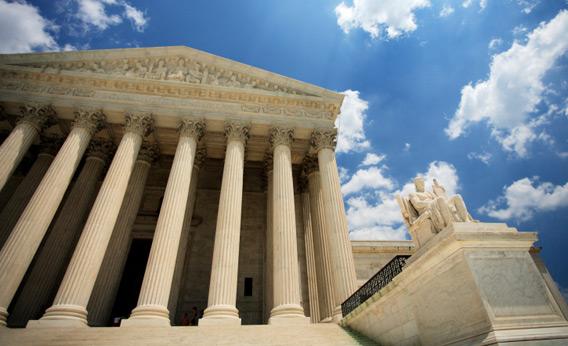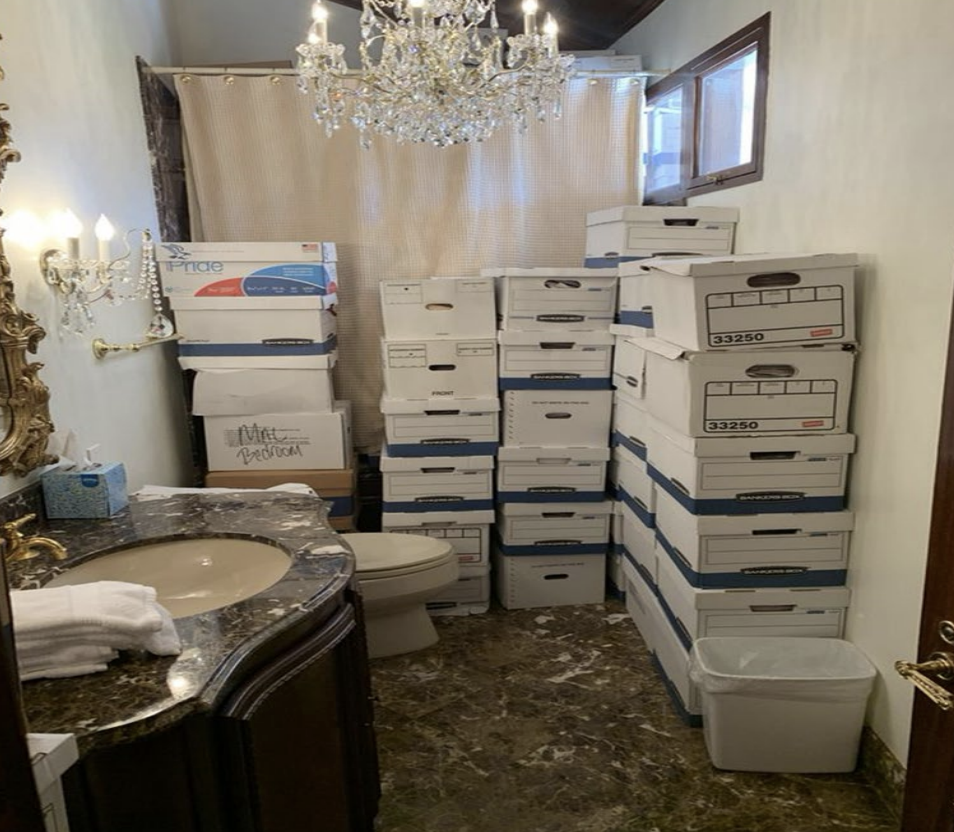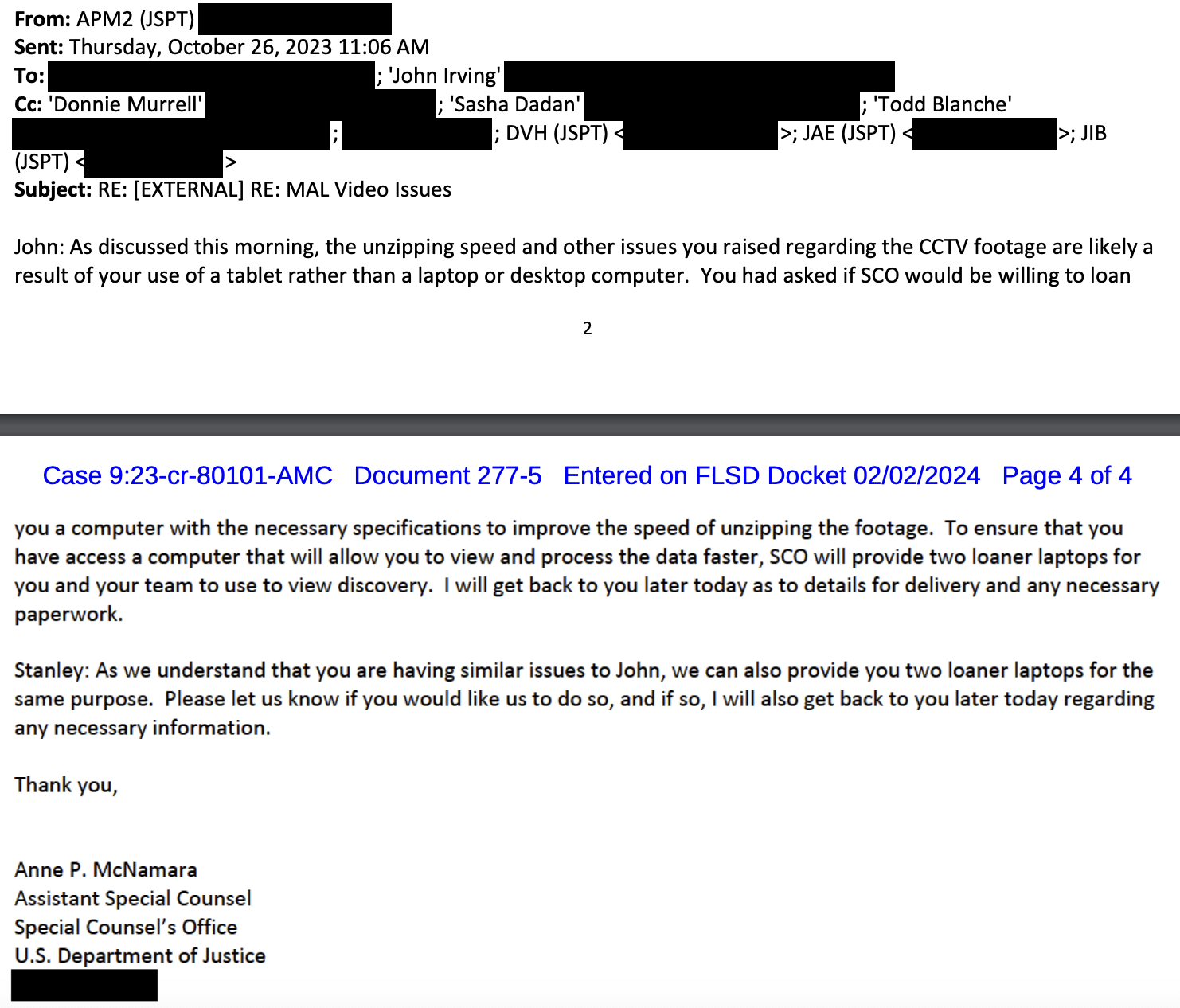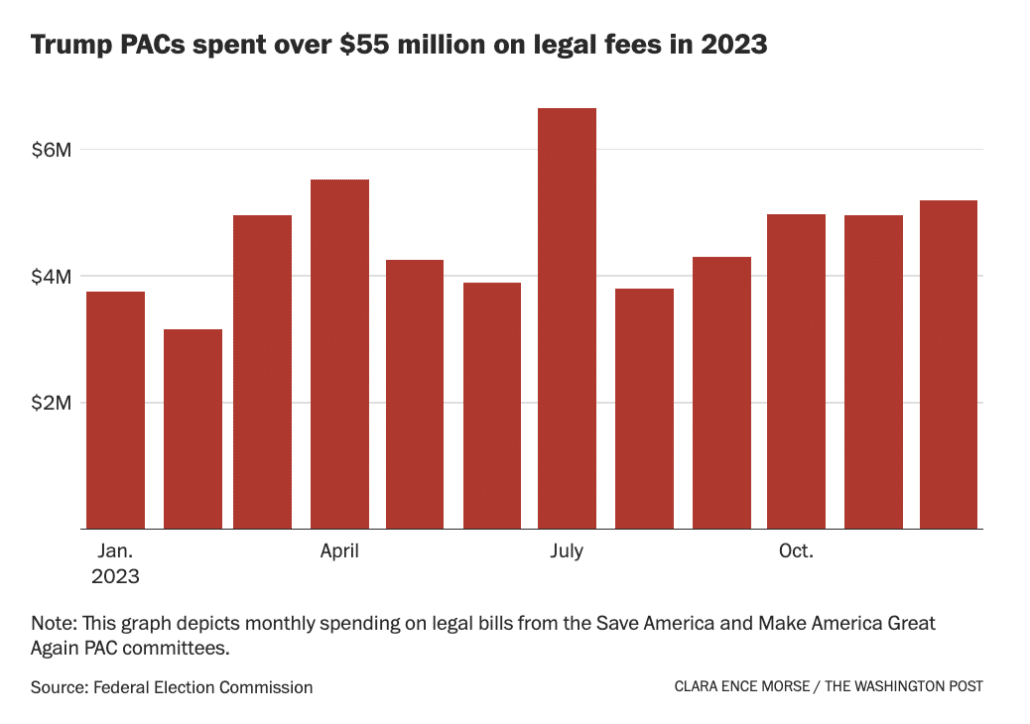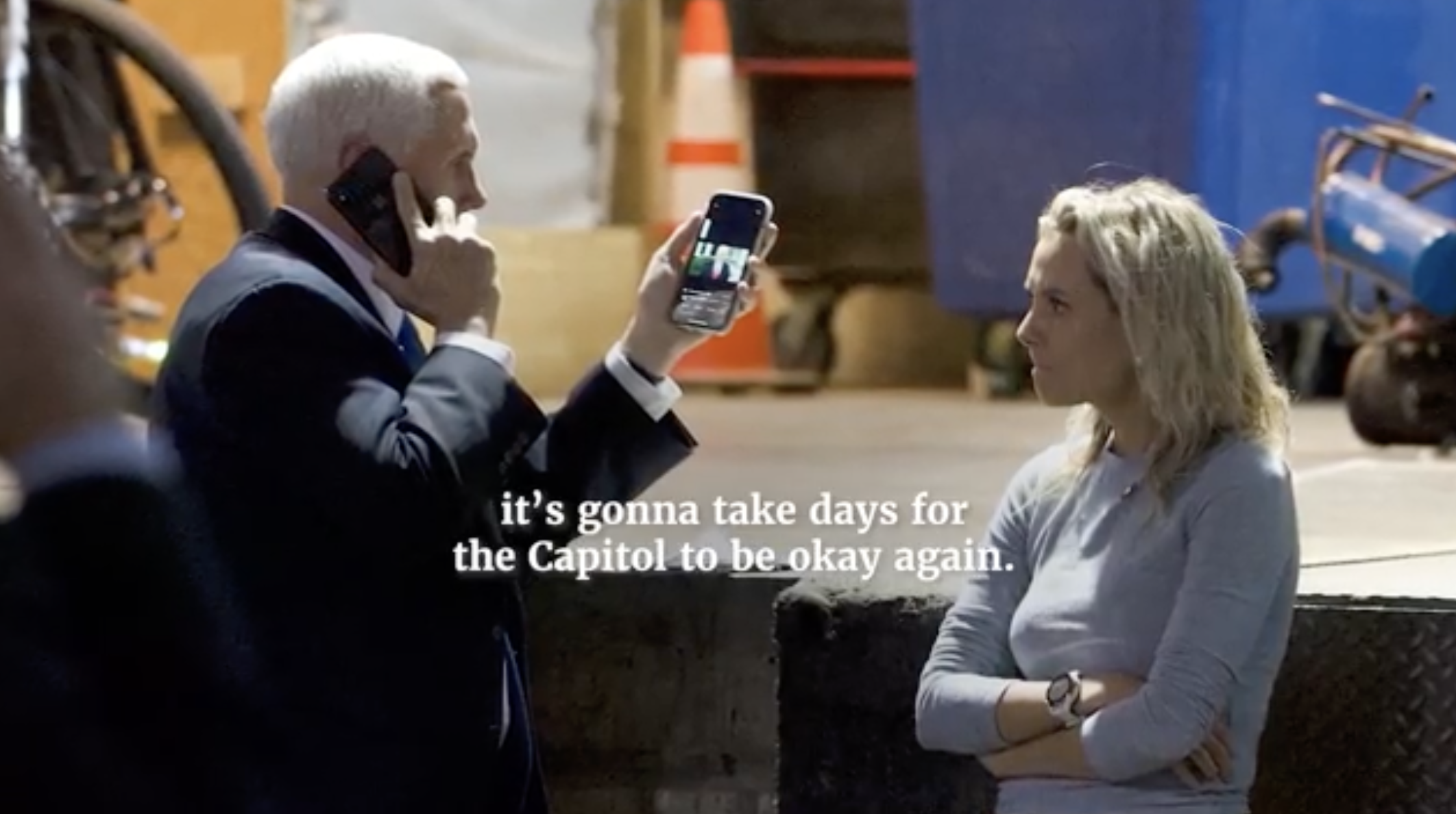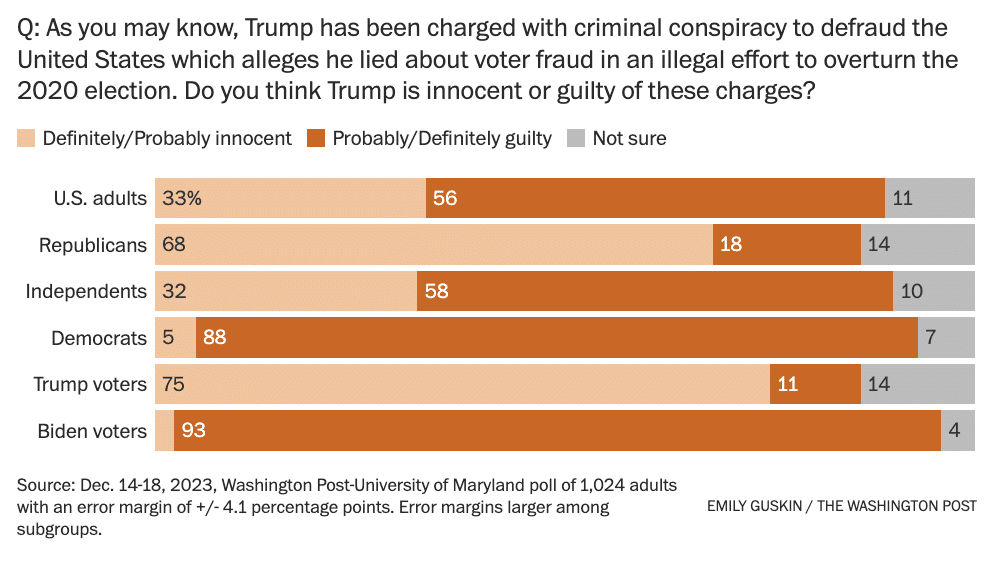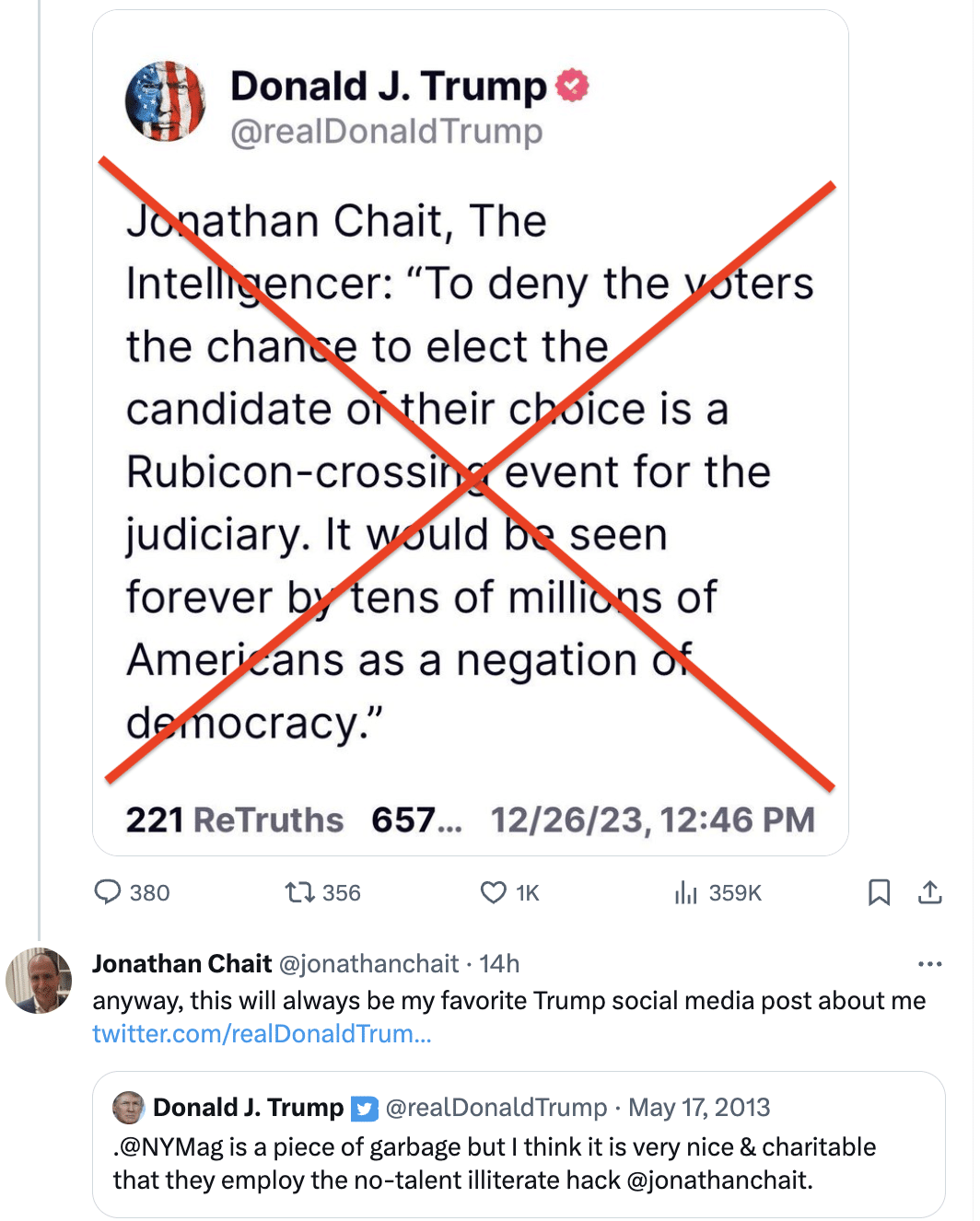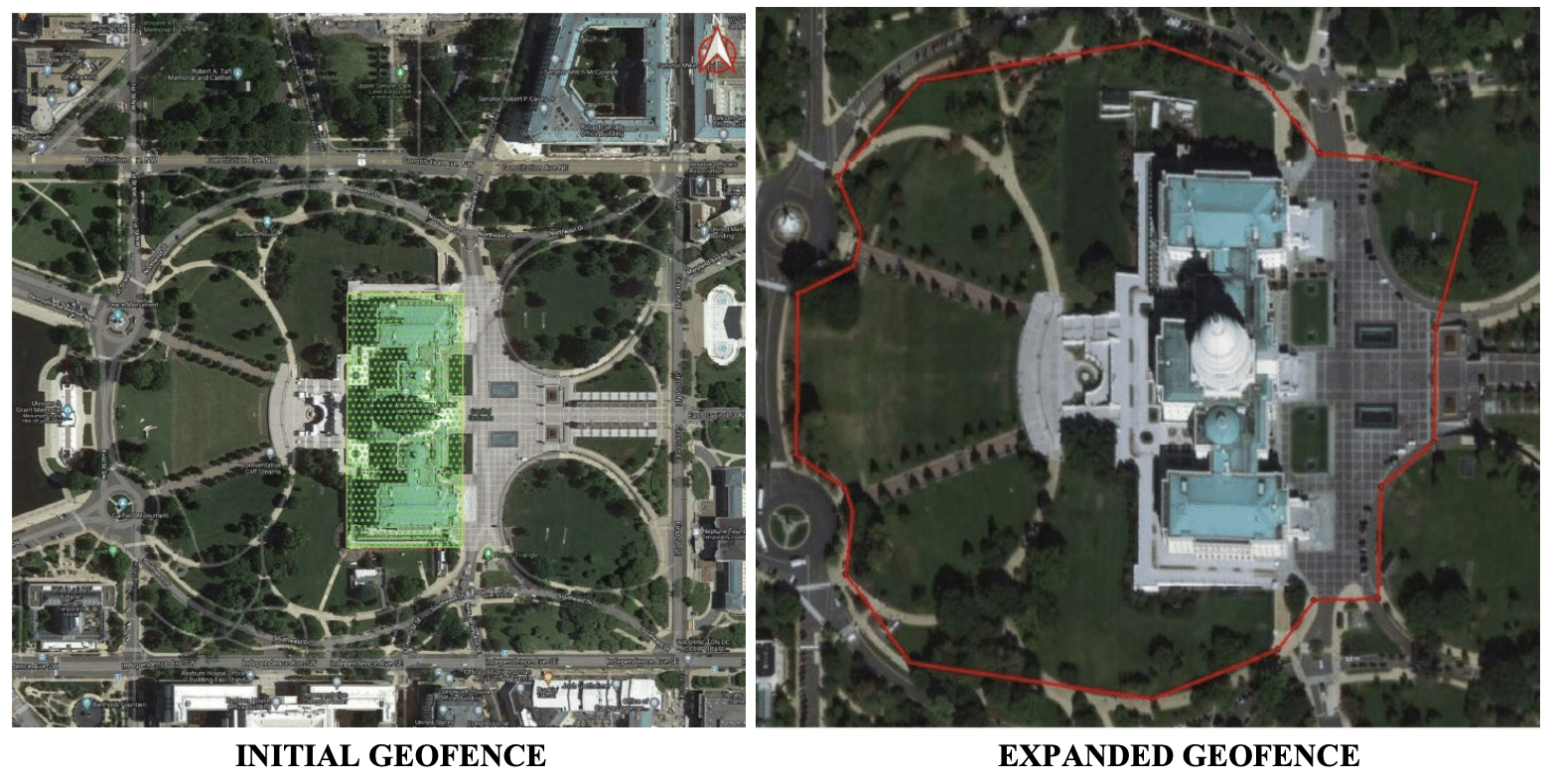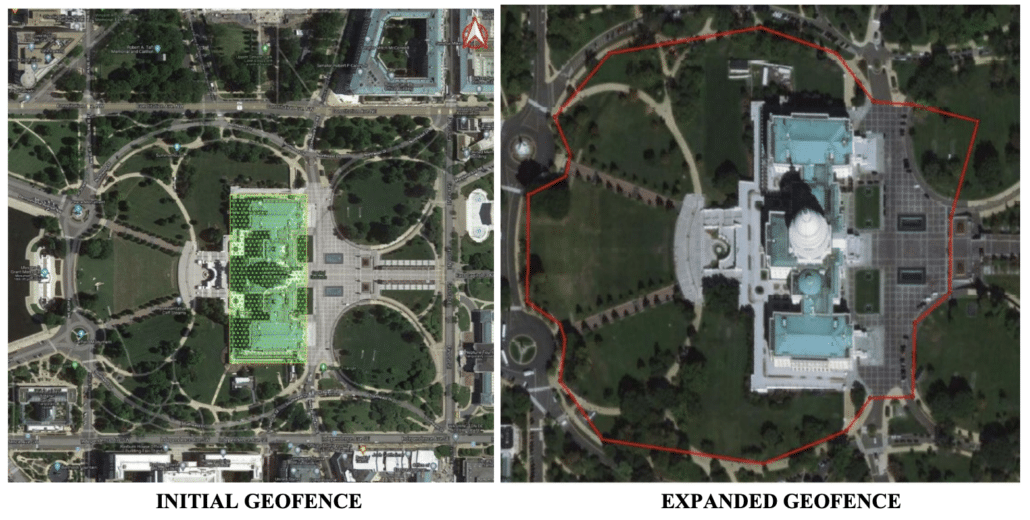Congratulations to Jonathan Chait, whose stupid column arguing against excluding Trump from the ballot won him recognition from the alleged insurrectionist himself.

To be sure, there are sound arguments against the Colorado ruling, even sounder ones against immediate SCOTUS action upholding or overturning it.
Chait — who boasts that Trump once labeled him a “no-talent illiterate hack” — does not make such an argument.
Chait abdicates any responsibility for reading the opinions at issue because, he says, he’s not competent, lacking the talent and literacy to read legal documents.
I am not a lawyer, and I won’t comment on the legal merits of the case.
Then, having declared himself incompetent to comment on the legal merits of the case, Chait proceeds to comment on the legal merits (or maybe he considers these mere political merits?) of labeling Trump an insurrectionist.
The argument for disqualification is quite simple. The Constitution bars officeholders who engaged in insurrection; on January 6, 2021, Trump engaged in insurrection; therefore, Trump is ineligible to hold office.
The weak point in this argument is the finding that Trump’s behavior constitutes “insurrection.” This is a defensible shorthand for January 6, one I’ve used frequently myself. But it’s not the most precise term. When I have the chance to use a longer description, I generally say that Trump attempted to secure an unelected second term in office.
Trump’s plan was to mobilize a mob to intimidate Congress into following his scheme to ignore the election results. His use of violent threats to secure power is obviously unforgivable, authoritarian, and very likely criminal. But there is at least some grounds to question whether it was an “insurrection” in the meaning intended by the 14th Amendment. Trump was not trying to seize and hold the Capitol nor declare a breakaway republic. [my emphasis]
Whether or not Trump is an insurrectionist under the meaning of the 14th Amendment, and Trump’s own failure to define insurrection in a way that excludes January 6, is something addressed in the opinions Chait has excused himself from reading.
For example, here’s some of how the Colorado Supreme Court — after a trial, after Trump mounted a defense — came to rule that January 6 qualified as an insurrection.
¶183 Finally, we note that at oral argument, President Trump’s counsel, while not providing a specific definition, argued that an insurrection is more than a riot but less than a rebellion.
[snip]
¶185 The question thus becomes whether the evidence before the district court sufficiently established that the events of January 6 constituted a concerted and public use of force or threat of force by a group of people to hinder or prevent the U.S. government from taking the actions necessary to accomplish the peaceful transfer of power in this country. We have little difficulty concluding that substantial evidence in the record supported each of these elements and that, as the district court found, the events of January 6 constituted an insurrection.
¶186 It is undisputed that a large group of people forcibly entered the Capitol and that this action was so formidable that the law enforcement officers onsite could not control it. Moreover, contrary to President Trump’s assertion that no evidence in the record showed that the mob was armed with deadly weapons or that it attacked law enforcement officers in a manner consistent with a violent insurrection, the district court found—and millions of people saw on live television, recordings of which were introduced into evidence in this case—that the mob was armed with a wide array of weapons. See Anderson, ¶ 155. The court also found that many in the mob stole objects from the Capitol’s premises or from law enforcement officers to use as weapons, including metal bars from the police barricades and officers’ batons and riot shields and that throughout the day, the mob repeatedly and violently assaulted police officers who were trying to defend the Capitol. Id. at ¶¶ 156–57. The fact that actual and threatened force was used that day cannot reasonably be denied.
¶187 Substantial evidence in the record further established that this use of force was concerted and public. As the district court found, with ample record support, “The mob was coordinated and demonstrated a unity of purpose . . . . They marched through the [Capitol] building chanting in a manner that made clear they were seeking to inflict violence against members of Congress and Vice President Pence.” Id. at ¶ 243. And upon breaching the Capitol, the mob immediately pursued its intended target—the certification of the presidential election—and reached the House and Senate chambers within minutes of entering the building. Id. at ¶ 153
¶188 Finally, substantial evidence in the record showed that the mob’s unified purpose was to hinder or prevent Congress from counting the electoral votes as required by the Twelfth Amendment and from certifying the 2020 presidential election; that is, to preclude Congress from taking the actions necessary to accomplish a peaceful transfer of power. As noted above, soon after breaching the Capitol, the mob reached the House and Senate chambers, where the certification process was ongoing. Id. This breach caused both the House and the Senate to adjourn, halting the electoral certification process. In addition, much of the mob’s ire—which included threats of physical violence—was directed at Vice President Pence, who, in his role as President of the Senate, was constitutionally tasked with carrying out the electoral count. Id. at ¶¶ 163, 179–80; see U.S. Const. art. I, § 3, cl. 4; id. at art. II, § 1, cl. 3. As discussed more fully below, these actions were the product of President Trump’s conduct in singling out Vice President Pence for refusing President Trump’s demand that the Vice President decline to carry out his constitutional duties. Anderson, ¶¶ 148, 170, 172–73
¶189 In short, the record amply established that the events of January 6 constituted a concerted and public use of force or threat of force by a group of people to hinder or prevent the U.S. government from taking the actions necessary to accomplish the peaceful transfer of power in this country. Under any viable definition, this constituted an insurrection, and thus we will proceed to consider whether President Trump “engaged in” this insurrection.
In a column claiming to defend the interests of democracy, Chait substitutes his own self-confessed incompetent opinion — the “longer description” he sometimes uses instead of “shorthand,” when he uses “insurrection” — for that of duly appointed judges applying the laws of a specific state.
He does so while expressing another legal opinion: that Trump’s actions on January 6 were “very likely criminal.”
This is where Chait’s column turns into word salad — perhaps demonstrating that Trump was right about his literacy. First, there’s this bit about timing.
[T]he timing of the court’s ruling makes it more imperative that its reasoning be unassailable. And the conclusion that Trump’s attempt to secure an unelected second term was “insurrection” isn’t solid enough to bear the weight of the outcome it supports.
To deny the voters the chance to elect the candidate of their choice is a Rubicon-crossing event for the judiciary. It would be seen forever by tens of millions of Americans as a negation of democracy. It is not enough that their belief is plausibly wrong or likely wrong. It must be incontrovertibly wrong to support such a momentous step.
Chait argues that the Colorado ruling — the one he has excused himself from addressing, one he seems to believe he is incompetent to address — “isn’t solid enough” for kicking Trump off the ballot. But this bit seems to confuse who is wrong.
It is not enough that their belief is plausibly wrong or likely wrong. It must be incontrovertibly wrong to support such a momentous step.
Is he talking about the Colorado Supreme Court? Wouldn’t he then mean their decision must be “incontrovertibly right,” not wrong, to support booting Trump off the ballot?
It’s an important distinction, because how we adjudicate things to be incontrovertibly right in the US is a legal issue.
Even before he gets there, though, Chait spews some other word salad.
The timing of this decision is important context to its democratic legitimacy. If this ruling had come a year earlier, the Republican Party would have had time to organize a campaign built on the assumption Trump would be ineligible. But a month away from the first primary is late to change the rules of the game.
I am not arguing the timing rules out legal intervention. Trump is obviously facing several potentially adverse legal rulings. But most of those crimes are unambiguous, and the timing was determined by Trump himself, who deliberately set out to drag out the legal process as long as possible, specifically in order to force the rulings into the presidential campaign so that he could call it illegitimate.
First the substance, best as I understand it. Chait says that the timing of kicking Trump off the ballot is the problem here, but then admits that Trump himself has “drag[ged] out” “potentially adverse legal rulings,” so “he could call [the legal process] illegitimate.”
So far, I think this means that Chait says decisions have to appear fair for people who want to vote for Trump. He admits Trump is stalling … something … so as to be able to make false claims about that something to be unfair. Chait doesn’t weigh the equity of Trump’s stall against the interests of those who want to vote for Trump.
Chait only considers the interests of those who want to vote for Trump, not the interests of those who want to uphold rule of law, including the Constitution and the premise that the legal opinions of duly appointed judges who are competent to weigh in should probably carry more weight than the equivocations of a guy who confesses he’s not competent to do so.
And I can’t really be sure because Chait gets awfully vague when he talks about those things that Trump is dragging out: the potentially adverse legal decisions. But I think those things are trials. Including his federal trial on charges tied to January 6. I think that Chait is admitting here that Trump is dragging out the trial that would subject Trump’s actions on January 6 to a jury of American citizens, even while arguing that it’s not fair to people who want to vote for Trump to boot him from the ballot just before the primary.
He may not realize it, but if I’m translating this word salad correctly, Chait has just admitted the problem here: that Trump himself has stalled the best way to decide whether he should be disqualified from running, a far better way than having Colorado judges decide: A trial.
In an ideal world, SCOTUS, with the assistance of the DC Circuit, could resolve this issue in the most just way: Forestall any decision on the Colorado decision (Trump will be on the primary ballot as soon as he appeals the decision, so any delay will do nothing to change the status quo), but ensure that a January 6 trial happens before general election ballots are printed.
The just legal thing would be to prevent Trump from holding up criminal legal accountability while he also claims he can’t be legally accountable via other means. And heck, if SCOTUS believes they’re going to rewrite the 18 USC 1512(c)(2) statute with which Trump and hundreds of other January 6ers have been charged, they should do that quickly, too, so Jack Smith can supersede Trump, formally, with insurrection, so a jury of American citizens can weigh in on the question of whether January 6 was an insurrection or not.
The smart political stance — since Chait disclaims any competence to weigh in on legal issues — would be to deprive Trump and his supporters of claiming there’s a problem with the timing of Colorado’s action while Trump at the same time is depriving not just Trump opponents, but even Republican primary voters who should get to know whether their favorite candidate is even eligible to be President before they vote in the primary, of the most legitimate means to decide this issue, a trial.
Having Trump’s eligibility be determined state-by-state, by duly appointed judges, is less than ideal. I agree that Trump supporters would hate that.
But that makes the better way of determining his eligibility, a trial, all the more important.
I don’t care who you are, whether you’re competent to weigh in on the legal opinion or not, whether you’re illiterate or not. If you believe Trump’s eligibility should not be decided by unelected judges, then the only defensible position — Republican or Democrat, literate or no — is to ensure that Trump stands trial before general election ballots get printed, so a jury can weigh in on Trump’s actions on January 6.
Ensuring that happens is absolutely among the choices the Supreme Court faces. Making that choice clear is a far smarter political choice than whatever it is that Chait engaged in.

